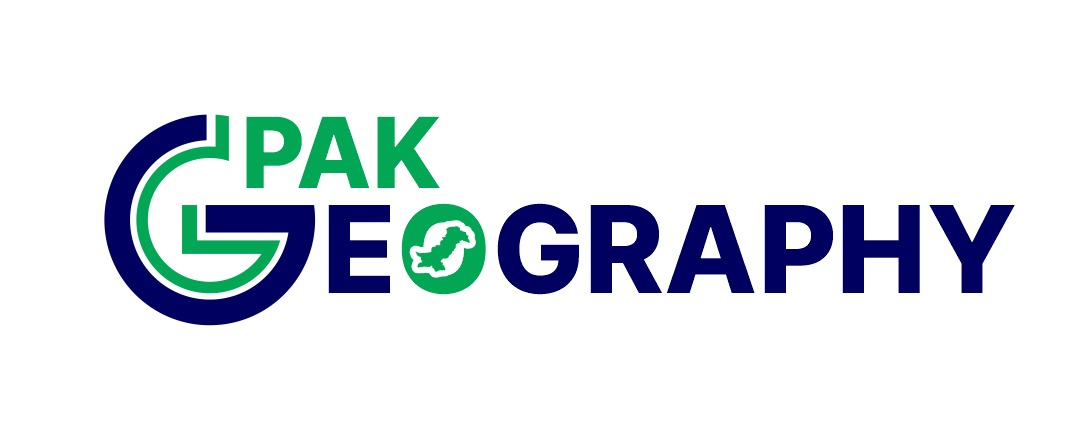Wan Chhatta is a rural village situated in Tehsil Multan City of Multan District, Punjab Province, Pakistan. As recorded in the 2023 census by the Pakistan Bureau of Statistics, the total population of Wan Chhatta is 4,732 individuals, consisting of 2,490 males and 2,242 females. Males make up 52.6 percent of the population, while females account for 47.4 percent. The village covers 1,019 acres, resulting in a population density of 4.64 persons per acre.
Educational Achievement in Wan Chhatta
The literacy rate in Wan Chatta stands at 58.6 percent for the population aged 10 years and above. This is slightly below the Multan District average of 61.41 percent by 2.81 percentage points. Male literacy is recorded at 68.5 percent, surpassing the district male average of 67.28 percent by 1.22 percentage points. Female literacy, however, is 47.5 percent, which lags behind the district female average of 55.27 percent by 7.77 percentage points. This suggests that while men in the village are performing above the district benchmark, women face educational challenges.
Educational Achievements
Educational achievement in the village is distributed as follows:
- Primary but below Matric: 670 males and 366 females
- Matric but below Degree: 181 males and 103 females
- Degree and above: 38 males and 22 females
The statistics reveal a reasonable level of progress in education at the primary stage but a sharp decline in higher attainment, particularly among females.
Community Composition in Wan Chatta
Of the total 4,732 residents of Wan Chatta, 4,721 are Muslims and 11 follow other religions.
The number of residents aged 10 years and above is 3,375.
Adults aged 18 years and older total 2,549, representing the main working-age population.
Senior citizens aged 60 years and above are 221, forming a small elderly segment in the village.
Wan Chhatta demonstrates a relatively good male literacy rate, slightly surpassing district averages, but female education remains a critical challenge. With stronger emphasis on gender-inclusive education policies and access to higher schooling, the village can achieve balanced educational development in the coming years.
Data Summary
| Parameter | Value | District Comparison |
|---|---|---|
| Population | 4,732 | – |
| Males | 2,490 (52.6%) | – |
| Females | 2,242 (47.4%) | – |
| Literacy Rate | 58.6% | 2.81% below district |
| Male Literacy | 68.5% | 1.22% above district |
| Female Literacy | 47.5% | 7.77% below district |
| Adult Population (18+) | 2,549 | – |
| Senior Citizens (60+) | 221 | – |
| Area | 1,019 Acres | – |
